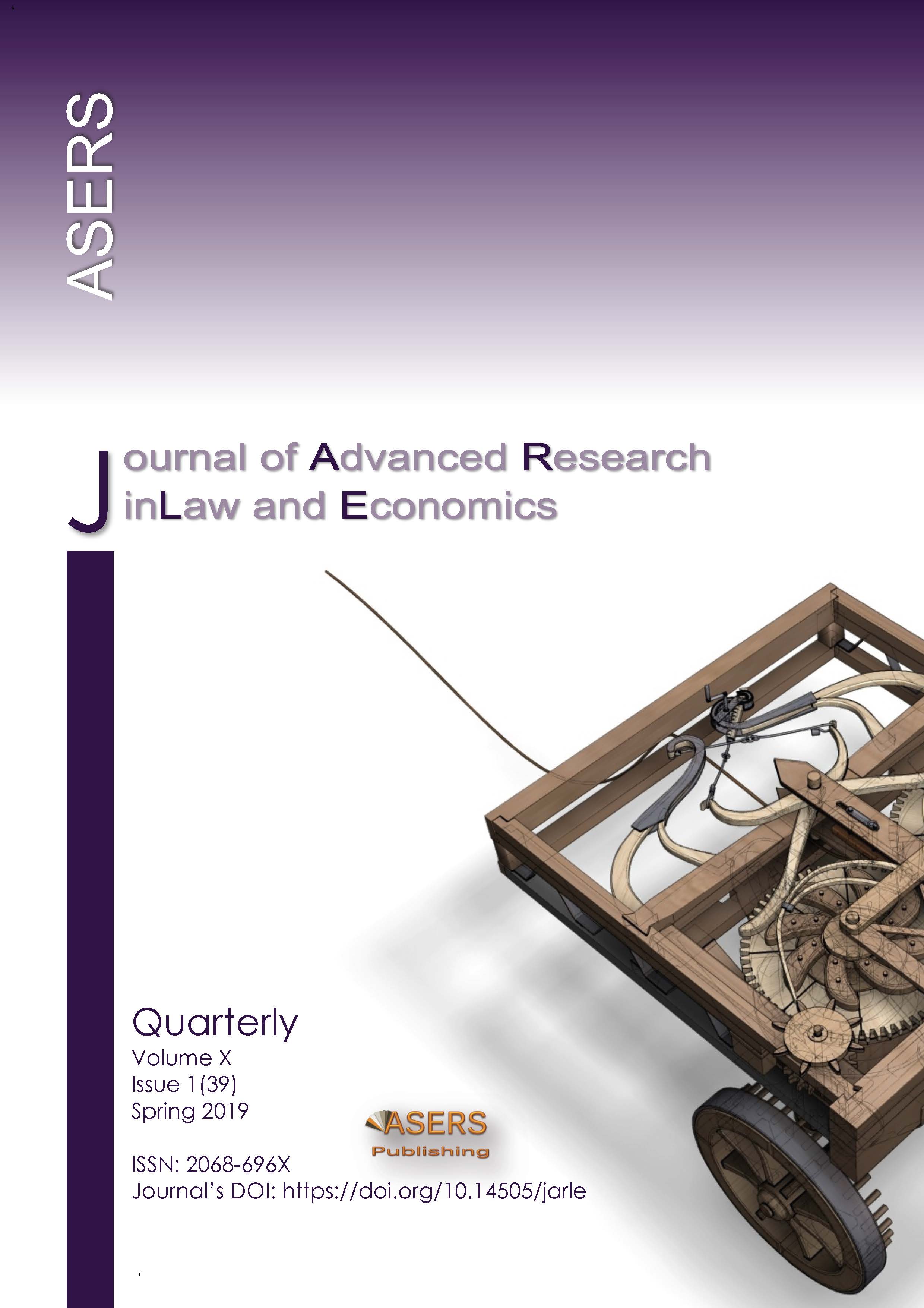Basics and Features of Public Urban Governance
Basics and Features of Public Urban Governance
Author(s): Igor V. PonkinSubject(s): Law, Constitution, Jurisprudence, Governance, Public Administration
Published by: ASERS Publishing
Keywords: public administration; city; megalopolis; agglomeration; public administration tool; smart city;
Summary/Abstract: This article is devoted to the study of the basic principles and features of the implementation of public administration of the city. The author's definition of the concept of the city from the point of view of public administration is examined and presented, the functions of the city are considered. The author concludes that the city (as a living environment) is ambivalent. Signs of the city, which determine the features of public urban governance are considered in this article. Public administration of the city is characterized by a number of significant features that distinguish such administration from public administration of a dispersed territory with a significantly lower population density and with spatial distribution of the population (for example, of a region or a municipal district). The main tools and tasks of public administration of the city, as well as the main problems and difficulties of such administration, have been studied and determined. In particular, the emphasis on the uncertainty of such administration was given. The author refers to the concept of ‘smart city’ studying and explaining its essence and nature, offering interpretation of this concept.
Journal: Journal of Advanced Research in Law and Economics (JARLE)
- Issue Year: X/2019
- Issue No: 39
- Page Range: 326-335
- Page Count: 10
- Language: English
- Content File-PDF

